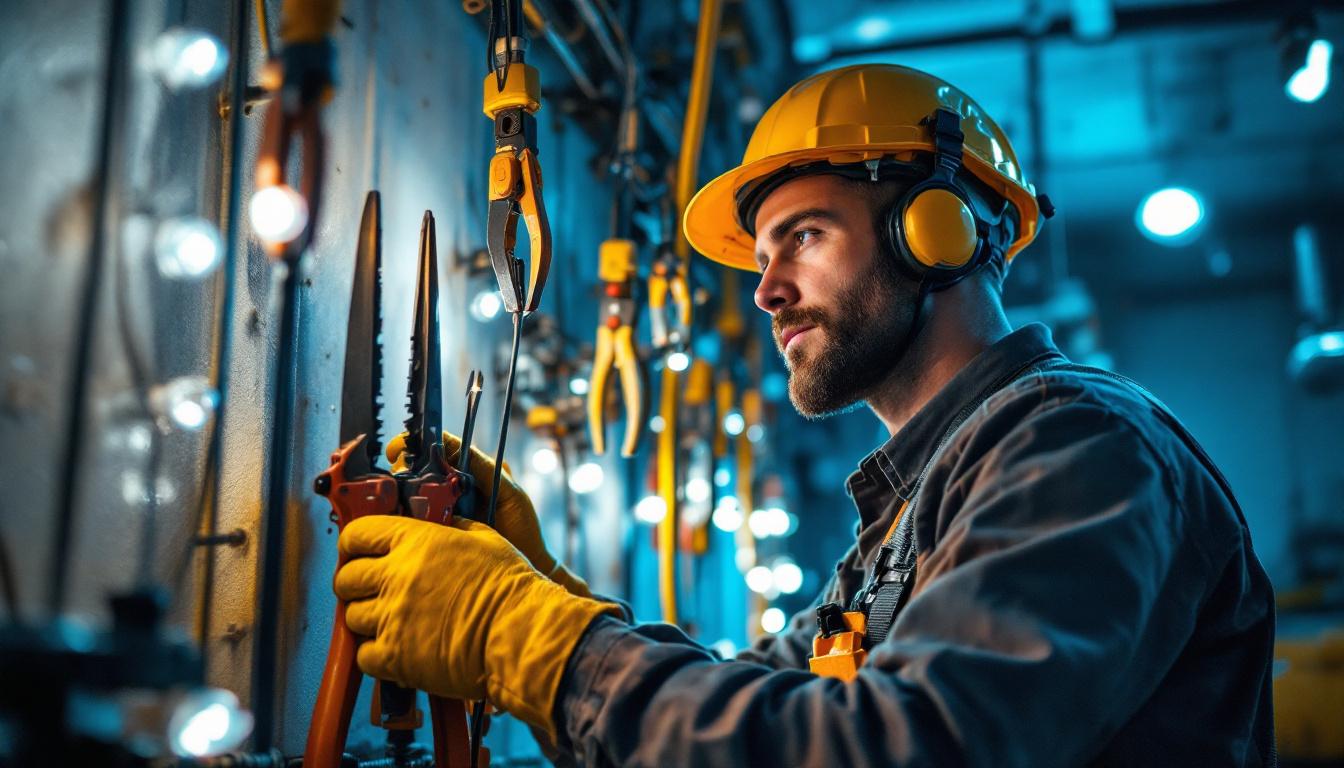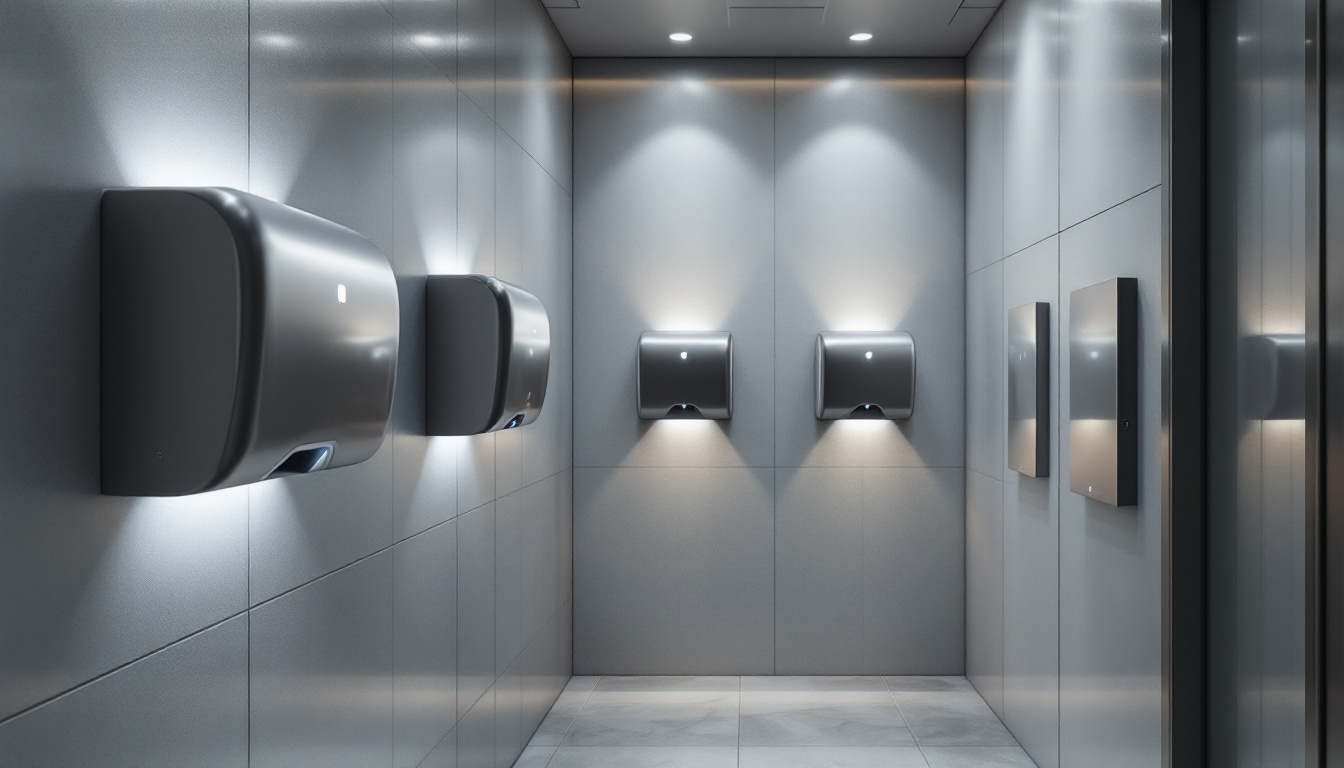
In the realm of lighting projects, efficiency is paramount. Contractors are often tasked with completing jobs within tight deadlines while maintaining high standards of quality. One of the most crucial aspects of any lighting installation is the wiring process, which can be both time-consuming and labor-intensive. However, the introduction of specialized pulling wire tools has revolutionized how contractors approach this essential task. This article explores how these tools can significantly enhance the efficiency of lighting projects.
Pulling wire tools are designed to assist in the installation of electrical wiring, particularly in situations where wires need to be navigated through conduits or tight spaces. These tools come in various forms, each tailored to specific needs and applications. By understanding the different types of pulling wire tools available, contractors can select the most appropriate options for their projects.
There are several types of pulling wire tools, each serving unique purposes. Common tools include wire pullers, fish tapes, and cable lubricants. Wire pullers are mechanical devices that provide the necessary force to pull wires through conduits, making the process smoother and more efficient. Fish tapes, on the other hand, are flexible tools that help guide wires through tight spaces, ensuring they reach their intended destination without damage.
Additionally, cable lubricants can significantly reduce friction when pulling wires, allowing them to glide through conduits more easily. This combination of tools can streamline the wiring process, ultimately saving time and reducing labor costs. For instance, using a high-quality fish tape can prevent the wire from snagging, which is a common issue that can lead to delays and frustration. Furthermore, some modern fish tapes come equipped with features such as glow-in-the-dark materials or built-in measuring tapes, enhancing their usability in various conditions.
The benefits of utilizing pulling wire tools in lighting projects extend beyond mere convenience. First and foremost, these tools enhance safety. Manual wire pulling can lead to injuries, especially when handling heavy cables or working in awkward positions. By employing mechanical aids, contractors can minimize physical strain and reduce the risk of accidents on the job site.
Moreover, using these tools can lead to a significant decrease in project completion time. The efficiency gained from using wire pullers and fish tapes means that contractors can move on to the next phase of the project more quickly, ultimately improving overall productivity. This efficiency can also translate to cost savings, as reduced labor hours can positively impact the project’s bottom line. Additionally, the use of these tools can improve the quality of the installation. Properly pulled wires are less likely to suffer from damage or wear, which can lead to long-term reliability and performance of the electrical system. This is particularly important in commercial settings where downtime can result in significant financial losses. By investing in the right pulling wire tools, contractors not only enhance their operational efficiency but also contribute to the longevity and safety of the electrical installations they perform.
Integrating pulling wire tools into the workflow of a lighting project can lead to a more organized and efficient process. Properly utilizing these tools not only speeds up the installation but also ensures that the work is completed to a high standard.
One of the primary ways pulling wire tools improve workflow is by streamlining installation processes. When contractors use tools like wire pullers, they can handle larger volumes of wire more effectively. This capability allows for simultaneous installations, which is particularly beneficial in larger projects that require extensive wiring.
Additionally, the use of fish tapes can help contractors navigate complex pathways, such as those found in commercial buildings or outdoor installations. By reducing the time spent on maneuvering wires through challenging spaces, contractors can focus on other critical tasks, enhancing overall project efficiency.
Pulling wire tools also foster better collaboration among team members. When contractors have the right tools at their disposal, they can work more cohesively, ensuring that tasks are completed in a timely manner. For instance, while one team member operates a wire puller, others can focus on preparing the next set of wires or managing the installation of fixtures.
This collaborative approach not only enhances efficiency but also boosts morale among team members. When everyone feels empowered to contribute effectively to the project, it creates a positive work environment that can lead to better outcomes.
Selecting the appropriate pulling wire tools for a lighting project is crucial for maximizing efficiency. With a variety of options available, contractors must consider several factors to ensure they make the best choices for their specific needs.
Before investing in pulling wire tools, contractors should assess the specific requirements of their projects. Factors such as the type of wiring, the complexity of the installation, and the working environment all play a role in determining which tools will be most effective. For instance, projects that involve long runs of heavy gauge wire may require more robust wire pullers, while smaller installations might benefit from lighter, more portable options.
Additionally, understanding the layout of the installation site is essential. If the project involves navigating multiple bends and turns, tools like fish tapes can prove invaluable. By carefully evaluating project requirements, contractors can select tools that not only enhance efficiency but also improve the quality of the installation.
Quality should never be compromised when it comes to pulling wire tools. Investing in high-quality tools can lead to long-term benefits, including durability and reliability. Cheap, poorly made tools can break or malfunction, leading to delays and increased costs. On the other hand, well-constructed tools can withstand the rigors of daily use, ensuring that contractors can complete their projects without interruption.
Moreover, reputable manufacturers often provide warranties and customer support, which can be invaluable in case of any issues. By choosing quality tools, contractors can enhance their efficiency and ensure that they are equipped to handle any challenges that may arise during the installation process.
Even the best pulling wire tools will not yield optimal results without proper training and adherence to best practices. Ensuring that all team members are well-versed in the use of these tools is essential for maximizing efficiency and maintaining safety standards on the job site.
Contractors should prioritize training for their team members on the proper use of pulling wire tools. This training should cover not only how to operate the tools but also best practices for safety and efficiency. By equipping team members with the knowledge they need, contractors can ensure that everyone is on the same page and working towards a common goal.
Training sessions can include hands-on demonstrations, where team members can practice using the tools under supervision. This practical experience can help build confidence and competence, leading to smoother operations during actual installations.
Safety should always be a top priority when using pulling wire tools. Contractors should establish clear safety protocols that outline the proper procedures for using these tools, including wearing appropriate personal protective equipment (PPE) and ensuring that the work area is free from hazards.
Regular safety meetings can reinforce the importance of adhering to these protocols and provide an opportunity for team members to discuss any concerns or share tips for improving safety. By fostering a culture of safety, contractors can minimize the risk of accidents and injuries on the job site.
Real-world examples can provide valuable insights into the impact of pulling wire tools on lighting project efficiency. Several contractors have reported significant improvements in their operations after integrating these tools into their workflow.
In a recent commercial lighting installation project, a contractor faced the challenge of wiring a large office building with multiple floors. By utilizing a combination of wire pullers and fish tapes, the team was able to navigate the complex layout efficiently. The use of these tools reduced the time spent on wiring by nearly 30%, allowing the project to be completed ahead of schedule.
Furthermore, the contractor reported a decrease in labor costs due to the increased efficiency of the installation process. Team members were able to focus on other aspects of the project, such as fixture installation and final inspections, which ultimately contributed to a successful outcome.
Another contractor working on an outdoor lighting project faced the challenge of pulling wires through a series of underground conduits. By employing specialized wire pullers and lubricants, the team was able to navigate the difficult terrain with ease. The combination of tools not only sped up the installation process but also minimized the risk of damaging the wires during the pull.
This project highlighted the importance of selecting the right tools for specific applications. The contractor’s investment in quality pulling wire tools paid off, resulting in a successful installation that met both time and budget constraints.
As the demand for efficient lighting installations continues to grow, the role of pulling wire tools will become increasingly vital. By understanding the benefits of these tools and incorporating them into their workflows, contractors can enhance their efficiency and improve project outcomes.
Investing in quality tools, providing comprehensive training, and implementing best practices will ensure that contractors are well-equipped to tackle even the most challenging lighting projects. As the industry evolves, embracing innovative solutions like pulling wire tools will be essential for staying competitive and meeting client expectations.
In conclusion, pulling wire tools are not merely accessories; they are essential components of a successful lighting project. By leveraging these tools, contractors can streamline their operations, improve safety, and ultimately deliver high-quality results that satisfy their clients.
Ready to take your lighting projects to the next level? At LumenWholesale, we provide contractors like you with the highest quality, spec-grade lighting products at prices that can’t be beaten. Say goodbye to local distributor markups and hello to our extensive selection that meets rigorous industry standards. With LumenWholesale, you’ll find everything you need to enhance your project efficiency, including the best pulling wire tools on the market. Plus, enjoy the convenience of bulk buying with free shipping, ensuring you get the premium lighting tools you need at the best value. Don’t compromise on quality or price. Wholesale Lighting at the Best Value is just a click away!

Discover how LED bulbs are revolutionizing the lighting industry and impacting contractors’ profitability.

Discover the essential compliance guidelines for outdoor flush mount lighting that every contractor should know.

Discover the frequent pitfalls lighting contractors encounter when installing LED lights for walls.

Discover innovative ways to enhance your space by integrating hand dryers with advanced lighting solutions.